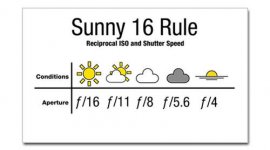Jeremy Z
Well-known
I sized it so that it should print all 15 copies of it on a standard 8.5x11" sheet of paper, and can be laminated with two strips of standard 2" wide clear packing tape. It did when I printed it in Excel, anyway. Then, leave one (or tape it to the back of) each meterless vintage camera you have.
https://docs.google.com/spreadsheets/d/1Ud5vcEKFE7X0vHcGXjUuYhzONKhvWvB2QWooD5Awppo/edit?usp=sharing
I left it open for commenting, but not editing. I think you can copy it and use it as a basis for modified ones, if you want. (please share, if you do!)
I'd like one for low light work, maybe just with ISO 1600 and 3200, but going to lower light levels, if someone wants to try their hand at it. (I'd share this with my Night Trips Facebook Group)
https://docs.google.com/spreadsheets/d/1Ud5vcEKFE7X0vHcGXjUuYhzONKhvWvB2QWooD5Awppo/edit?usp=sharing
I left it open for commenting, but not editing. I think you can copy it and use it as a basis for modified ones, if you want. (please share, if you do!)
I'd like one for low light work, maybe just with ISO 1600 and 3200, but going to lower light levels, if someone wants to try their hand at it. (I'd share this with my Night Trips Facebook Group)



